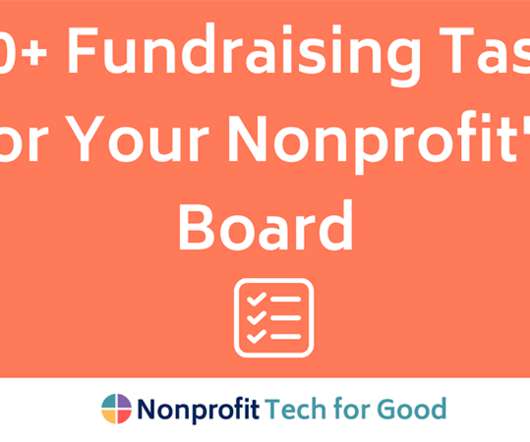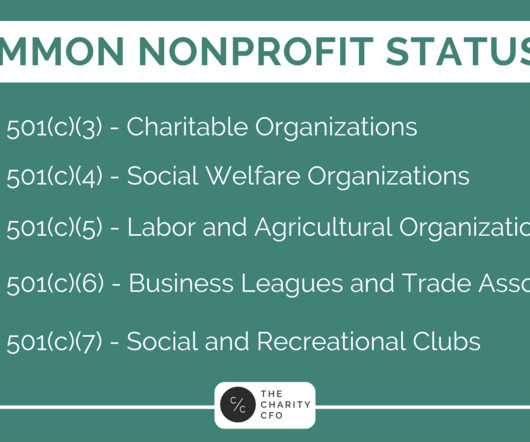How to Align Assets with Mission: Small Steps That Nonprofits Can Take
NonProfit Quarterly
JANUARY 25, 2023
A salient example is of organizations that are focused on community development but invest in mass incarceration. To date, discussion on mission-aligned investing has largely focused on wealthy foundations and endowed institutions, but over half of all charitable organizations have total assets of less than $1 million.


















Let's personalize your content